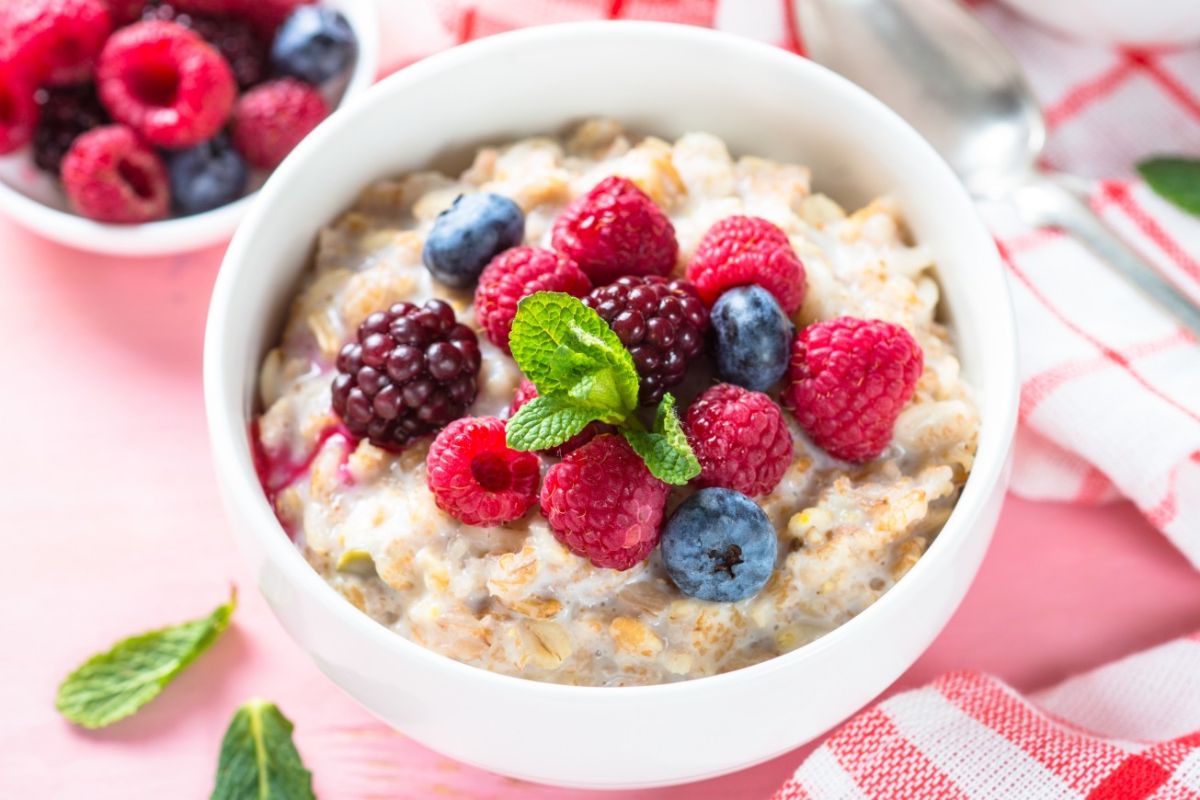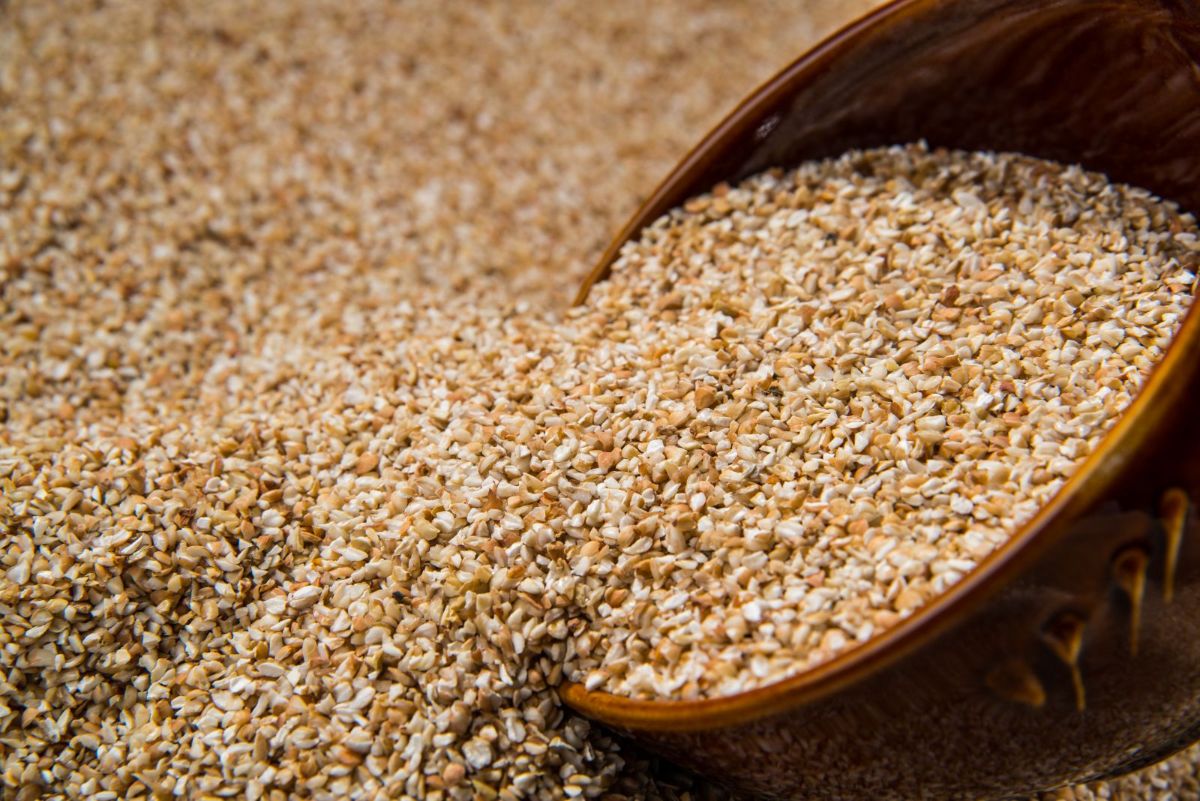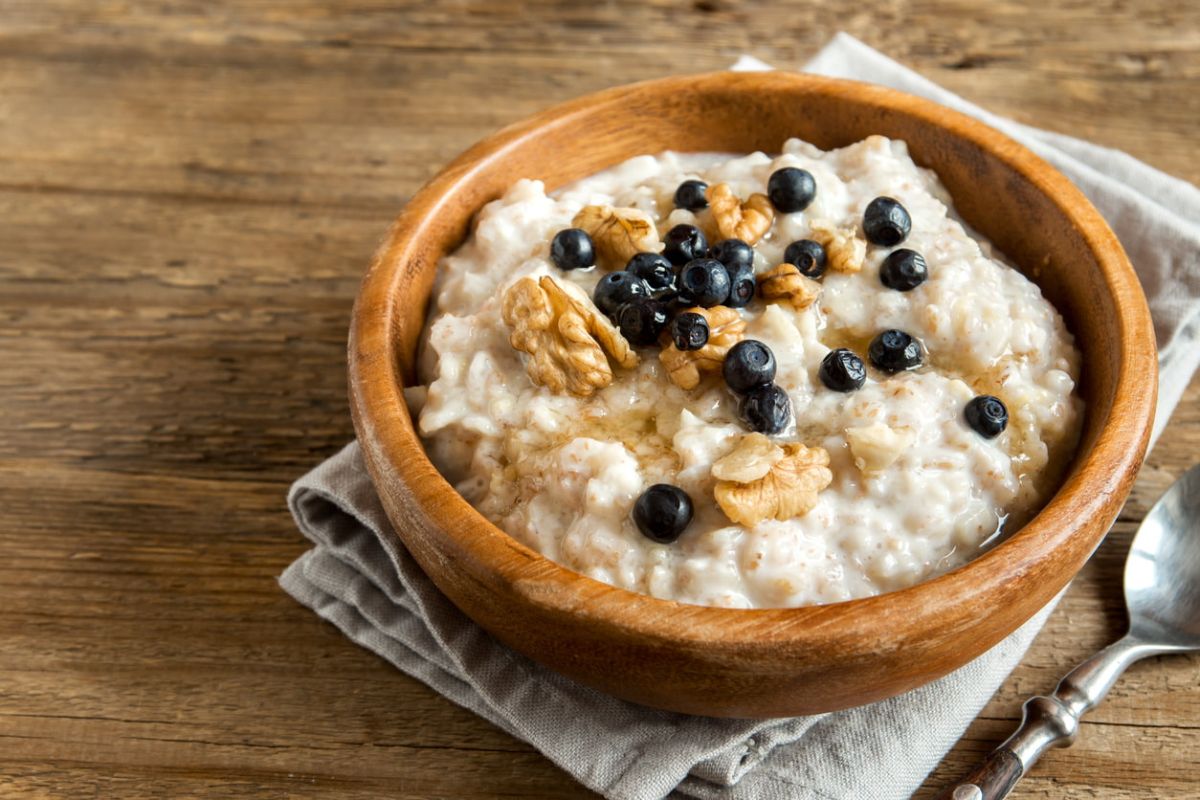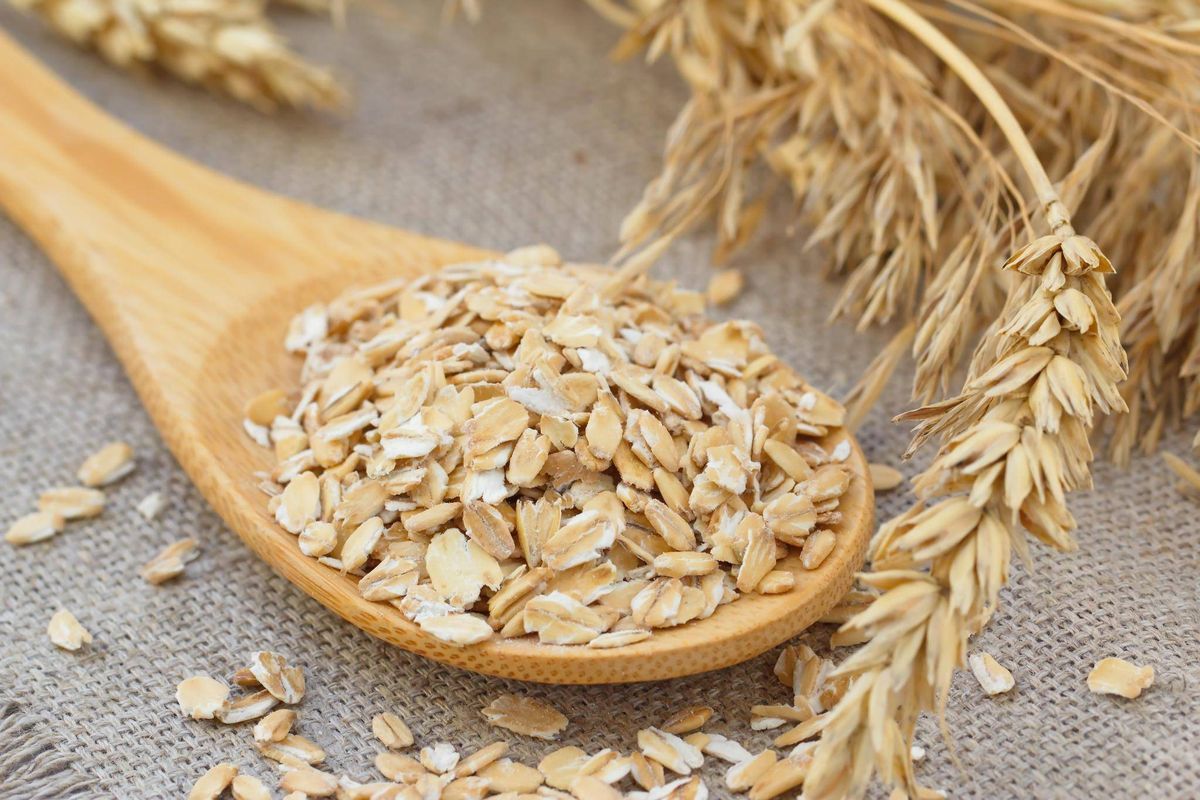6 proven medicinal properties of chaga for health and contraindications
Chaga mushroom has been used for centuries in Siberia and other parts of Asia as a means to boost immunity and improve overall health.
Despite its unsightly appearance, chaga has gained wide popularity in medicine due to its beneficial properties. In its composition, it surpasses all currently known medicinal mushrooms.
A cup of chaga tea is filled with antioxidants and other biological substances, and its use is really associated with improving immunity and the prevention of many diseases.
However, this special mushroom has contraindications and its use is associated with some risks.
Content
What kind of mushroom is this?
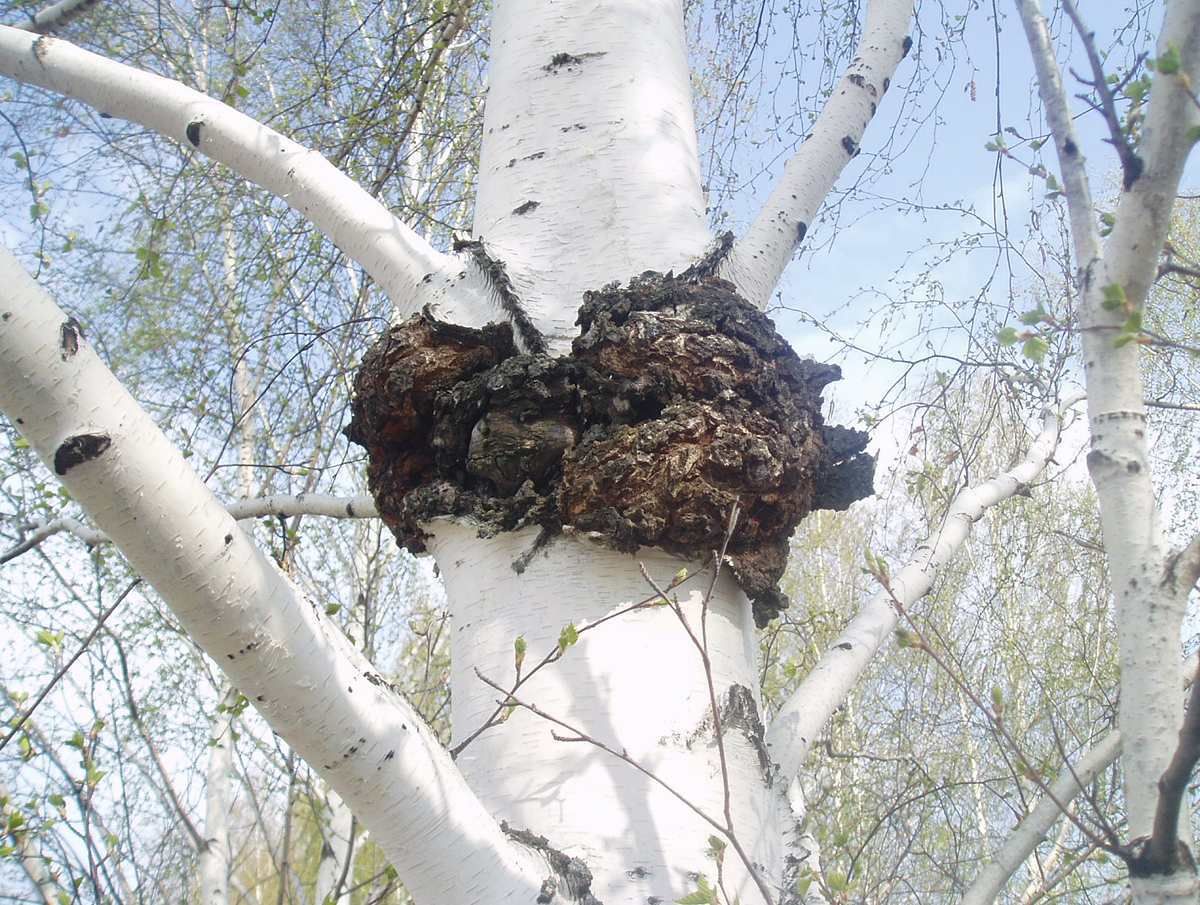
The chaga mushroom (also known as the mown tinder or birch mushroom) is a parasitic fungus that grows mainly on birch trees. Less often it can be found on other trees: maple, elm, beech, rowan and alder.
The plant can be found in birch forests of Russia, Eastern Europe, Korea and the USA. As a rule, it does not occur outside the growth of birch trees.
Chaga is widespread in folk and evidence-based medicine due to its medicinal properties. It is used to strengthen the immune system, prevent malignant tumors, and also as a symptomatic remedy to improve the course of gastritis and peptic ulcer of the stomach and duodenum.
Traditionally, the mushroom is rubbed into a fine powder and used to make a drink resembling coffee or tea.
The modern medical industry also produces a number of preparations based on mushroom extract (Bufengin, Chaga candles).
6 medicinal properties
Below are the 6 main facts about the benefits of chaga (based on scientific sources).
1. Contains nutrients
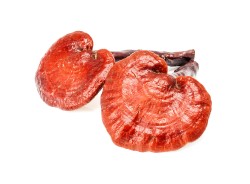 Chaga is considered one of the most powerful antioxidants on the planet.
Chaga is considered one of the most powerful antioxidants on the planet.
The mushroom contains a large amount of superoxide dismutase, which inhibits chronic inflammation and blocks interaction of free radicals with cells, reducing the risk of developing malignant tumors and a number of chronic diseases.
The mushroom also contains a lot of minerals (copper, selenium, zinc, iron, magnesium, potassium, calcium, sodium, manganese), vitamins (B1, B2, B3, D2) and plant substances acting as antioxidants and adaptogens.
The amazing balanced composition of chaga allows you to normalize all types of metabolism in the body. Mushroom Improves immune function , reduces blood sugar and cholesterol levels, corrects the work of the nervous system .
However, not all of the mushroom has biological value. For medical purposes, only mushrooms growing on birch trees are used. After cutting, loose light-colored parts are removed from the mushroom, they do not contain nutrients, but have a high caloric content.
2. Improves the functioning of the immune system
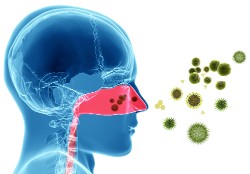 Chaga has a complex effect on the immune system.
Chaga has a complex effect on the immune system.
How claim Korean scientists, the mushroom stimulates the production of immune cells in response to the introduction of foreign substances into the body (bacteria, viruses, fungi, toxins).
With regular use, chaga is able to prevent the appearance of both acute respiratory diseases (in particular, influenza) and severe systemic infections with multiple organ damage.
Birch fungus also regulates the activity of chronic inflammation. Although this process is physiological, it is responsible for the appearance of many chronic diseases and malignant tumors.
Research demonstrate the ability of chaga to slow down the production of key cytokines that support chronic inflammation (interleukin-6, tumor necrosis factor-alpha, C-reactive protein).
In experiments on rodents, the plant significantly reduced severity of inflammatory bowel disease.
3. Fighting cancer
 Preliminary data show
that the tree fungus has the ability not only to prevent the appearance of cancer, but also to significantly reduce the activity and size of existing tumors.
Preliminary data show
that the tree fungus has the ability not only to prevent the appearance of cancer, but also to significantly reduce the activity and size of existing tumors.
In experiments in mice performed under the supervision of scientists from Japan, chaga reduced the size of the tumor by 60%. Mushroom extract was used in the work. However, experts have not established what underlies such a pronounced antitumor effect.
When performing a series of tests in vitro ( 1 , 2 , 3 , 4 ) it has been found that a medicinal mushroom can prevent the growth of cancer cells in the following organs:
- Colon;
- Rectum;
- Liver;
- Lungs;
- Of the stomach;
- Cervix in women;
- Prostate in men;
- Mammary glands.
It is assumed that the antitumor effect of the plant is due to the abundance of antioxidant substances in the composition. They slow down the activity of chronic inflammation and prevent the effects of free radicals on cells. It is these processes that cause disruptions in the work of cells, increasing the risk of their malignant degeneration.
Chinese scientists installed that chaga extract is able not only to slow down the development of malignant cells, but also to cause their death. The effect is associated with the presence of a special antioxidant in the composition – triterpene.
However, it should be noted that despite a lot of positive qualities, the effectiveness of the mushroom is in doubt. Its anti-cancer properties have been tested exclusively on animals or in vitro. No human studies have been conducted.
4. Reduces blood sugar levels
 Data available
that chaga has the ability to reduce the concentration of glucose in blood plasma, as well as improve the course of type II diabetes mellitus.
Data available
that chaga has the ability to reduce the concentration of glucose in blood plasma, as well as improve the course of type II diabetes mellitus.
The mushroom reduces insulin resistance (the main mechanism of formation of type II diabetes mellitus), and also participates in the production of proteins responsible for the transport of glucose into the body's cells. As a result, tissues begin to absorb sugar from the blood more efficiently, reducing its concentration.
It was experimentally established (in mice) that the inclusion of additives with chaga extract can reduce the concentration of glucose in the bloodstream by 31% in 3 weeks.
Such data allow the mushroom to be used for the prevention of type II diabetes mellitus (with an increased predisposition), as well as for its therapy (in conjunction with the medications used to reduce their dose).
5. Reduces cholesterol levels
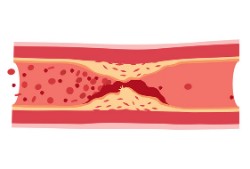 An increase in the level of cholesterol in the blood (especially its atherogenic fractions – LDL, VLDL, TAG) is a leading risk factor for education atherosclerotic plaques
on the walls of the arteries.
An increase in the level of cholesterol in the blood (especially its atherogenic fractions – LDL, VLDL, TAG) is a leading risk factor for education atherosclerotic plaques
on the walls of the arteries.
As a result of atherosclerotic vascular damage, there is a deterioration in the blood supply to organs and the likelihood of blood clots that can completely block blood flow increases. As a result, they develop: coronary heart disease, chronic cerebral ischemia, myocardial infarction and stroke.
Works of Chinese scientists show that chaga is able not only to reduce the level of cholesterol in the blood (including LDL), but also to increase the concentration of "useful" cholesterol – HDL.
The action is presumably related to a number of mechanisms:
- Slowing down the reabsorption of cholesterol from the lumen of the gastrointestinal tract;
- Improvement of metabolic processes in the liver;
- Increased cholesterol excretion through the biliary tract.
6. Protects liver cells from damage
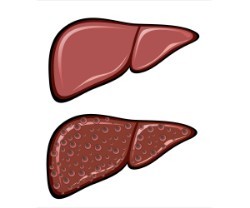 Birch mushroom is able to directly interfere with the metabolic processes in the liver.
Birch mushroom is able to directly interfere with the metabolic processes in the liver.
According to the data one of the major studies, chaga blocks the activity of free radical mechanisms, supports the trophism of hepatocytes, and also improves the functioning of certain enzymatic systems of the liver.
The effectiveness of the product is confirmed by a decrease in blood ALT and AST markers of liver cell death.
Thus, the mushroom can be used to protect the liver when taking medications (for example, nonsteroidal analgesics), as well as to prevent pathologies such as:
- Alcoholic liver disease;
- Fatty hepatosis;
- Chronic viral hepatitis;
- Liver cancer.
Harm and contraindications
 Chaga is considered a safe mushroom for humans, but the evidence base is still insufficient and it is impossible to provide an exhaustive list of contraindications.
Chaga is considered a safe mushroom for humans, but the evidence base is still insufficient and it is impossible to provide an exhaustive list of contraindications.
It is only known that in some people the fungus can cause side effects. The most common adverse reactions include:
- The development of urolithiasis. Chaga is rich in oxalates, which are able to bind to calcium and cause the formation of concretions in the lumen of the urinary tract. Even cases of kidney failure have been described when consuming mushroom powder. If you already have urolithiasis, the product is contraindicated.
- Decreased blood clotting. Chaga is not dangerous for a healthy person. However, when taking drugs that affect the "viscosity" of blood (warfarin, clopidogrel), the fungus can cause bleeding.
- Worsening of the course of autoimmune diseases. Chaga has the opposite effects on the immune system: it inhibits chronic inflammation and strengthens the immune response to the introduction of pathogens from the external environment. The effect of the fungus on the course of autoimmune disorders is unpredictable (presumably negative) and has not been modeled in any of the studies so far.
Separately, it should be noted that there have been no studies examining the effect of chaga on the course of pregnancy in women, as well as on the health of a breastfed child.
Methods of reception
 There are a number of ways to prepare chaga-based products. However, for most of them, it is necessary to dry the mushroom first. To do this, you need to:
There are a number of ways to prepare chaga-based products. However, for most of them, it is necessary to dry the mushroom first. To do this, you need to:
- Divide the chaga into several parts.
- Place in a container inaccessible to insects.
- Dry in sunlight (2-4 days) or in specialized dryers (8-10 hours).
After drying, it is recommended to store mushrooms in airtight containers (preferably made of glass) in a dry and dark place.
1. Tea (Decoction)
To brew chaga tea, you will need:
- 30-40 grams of chaga;
- 2,000 ml of water.
Cooking method
- Grind the dried mushroom to a powdery state.
- Place the chaga in cold water. Let it brew for 45-60 minutes.
- Pour the composition into a kettle or saucepan, bring to a boil.
- Simmer for about 40-45 minutes.
- Strain (using a strainer).
- The tea is ready.
It is recommended to take a drink of 200 ml 2-3 times a day. The duration of the course is up to 14 days.
2. Infusion
Ingredients:
- 100 grams of fresh chaga;
- 500 ml of water.
Preparation:
- Place the pre-washed mushroom in an enameled or ceramic container. Fill it with water.
- Let it brew for 6-8 hours.
- Remove the mushroom from the water. Squeeze thoroughly.
- Put the chaga through a meat grinder.
- Re-transfer to an enameled saucepan. Pour over the water (in which it was infused). Cover with a lid.
- Insist for about 2 more days (in a dark, cool place).
- Strain the water, add 100-150 ml of boiled water.
- The infusion is ready. It is allowed to store in the refrigerator for up to 4 days.
Consume 100 ml 3 times a day (preferably before meals).
3. Vodka tincture
Ingredients:
- 150 grams of dried mushroom;
- 1,000 ml of vodka or pharmacy alcohol (40 degrees).
Cooking scheme:
- Chop the mushroom. Transfer to a ceramic or glass container.
- Pour vodka. Close the lid tightly.
- Place in a dark, cool place for 3 days. The temperature should be at room temperature.
- Strain.
Take the resulting alcoholic drink 1 tbsp. l. 3 times a day. The maximum duration of treatment is up to 3 months.
4. Syrup "Chaga with honey"
Necessary:
- 30-50 grams of chaga;
- 500 ml of water;
- 50 ml of honey.
Cooking steps:
- Place the chaga in an enameled container. Add water and honey.
- Put on fire, bring to a boil.
- Simmer for about 2-3 hours (under the lid).
- Pour the composition into a thermos. Insist for 8-12 hours.
- Strain. The syrup is ready.
It is recommended to take 2-3 tsp with each meal. The duration of therapy is unlimited.
Conclusion
- Thus, although chaga is a parasitic fungus in relation to trees, it brings exceptional benefits to the human body.
- The mushroom is rich in vitamins and minerals, but the main advantage is the abundance of plant substances with antioxidant activity.
- Tinder is able to reduce blood sugar and cholesterol levels, improve liver and brain function, and fight malignant tumors.
- It is recommended to follow the cooking technology and take into account the possibility of side effects.
